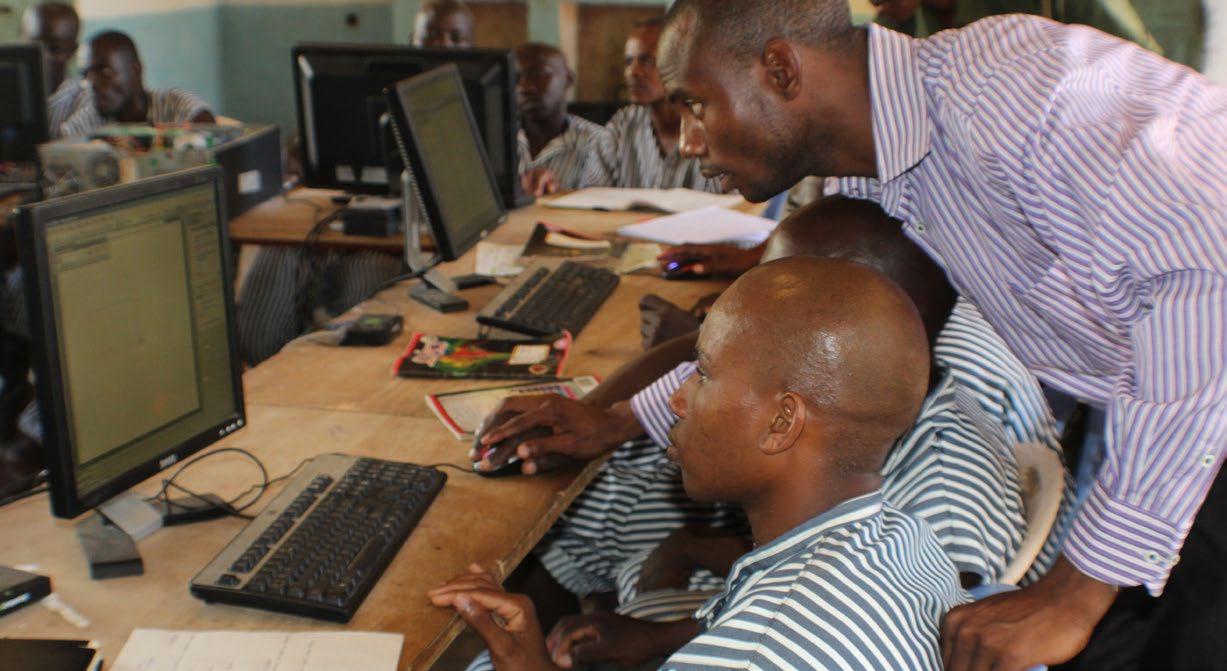
1 minute read
Clean Energy
Rationale
Global energy demand is set to grow by 37% by 2040, according to forecasts by the International Energy Agency (IEA).13 Fast-rising energy demand will require some US$45 trillion in new infrastructure investment by 2030. This is an opportunity to build more efficient, less polluting, more flexible energy systems that are also less vulnerable to rising and volatile fossil fuel prices.14
Advertisement
The choices made in the next 15 years are also critical for the climate, as energy production and use already account for two-thirds of global GHG emissions. A large-scale shift to low-carbon energy supplies is crucial for avoiding levels of dangerous climate change.15
Over the past decade, distributed energy solutions such as biomass generators and photovoltaic sources for personal, home, and community-scale energy have become possible. In renewable energy technologies, efficiency and advanced energy technologies are helping to enable reductions in emissions.
Types of Investments
Investments might be made in the following areas:
• Increasing access and affordability of energy supply globally by investing in (a) technologies, financing, or distribution schemes that reduce incidences of energy poverty and focus on low-carbon solutions for the provision of power, particularly for communities in which such services are not reliable or do not exist; and (b) energy infrastructure—centralized or distributed— with a focus on renewable systems and grid extension that enable better social outcomes (e.g., education, economic productivity) and basic welfare (e.g., refrigeration)
• Innovation by investing in (a) applications related to energy storage and smart grid technology, including mini-grids and off-grid solutions; and (b) the development and use of lower-carbon energy generation
Sample Capital Allocation
Examples of direct investments include:
• Structured convertible debt investment in PBK Waste Management
Solutions, which manufactures and sells household and small industrial composters in India
• Convertible debt investment in BioLite, which develops and manufactures advanced energy products that make cooking with wood as clean, safe, and easy as modern fuels, while also providing electricity to charge cell phones and off-grid LED lights
Examples of indirect investments include:
• Private equity fund investment in Zouk Capital, which invests in growth companies with proprietary, clean technologies that advance resource efficiency and generate renewable energy and environmental assets






